What is Hazard Remediation?
Hazard remediation refers to the systematic process of identifying, addressing, and mitigating potential dangers or risks within a specific environment. It involves the thorough elimination or reduction of hazardous substances or conditions that pose a threat to human health, the environment, or property. Omega Disaster Restoration specializes in professional hazard remediation services, ensuring a safe and secure environment for homes and businesses.
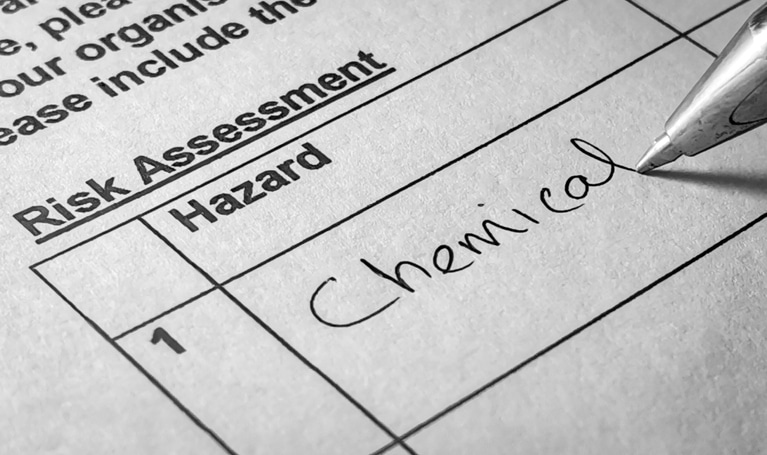
What Does Hazard Remediation Involve?
Hazard remediation is a comprehensive approach that begins with a thorough assessment of the affected area. Our team at Omega Disaster Restoration employs advanced techniques to identify and analyze potential risks. Once identified, we formulate a tailored plan to eliminate or mitigate the hazards effectively. Our experts work diligently to restore the affected area to a safe and habitable condition, adhering to industry best practices and safety standards.
What Process is Used in the Hazard Remediation Process?
At Omega Disaster Restoration, our hazard remediation process involves a multi-step approach. This includes an initial assessment and identification of the hazard, followed by the development of a customized remediation plan. We utilize state-of-the-art equipment and specialized techniques to safely remove hazardous materials. Our team then conducts thorough testing to ensure the successful removal and eradication of hazards, guaranteeing a secure environment for our clients.
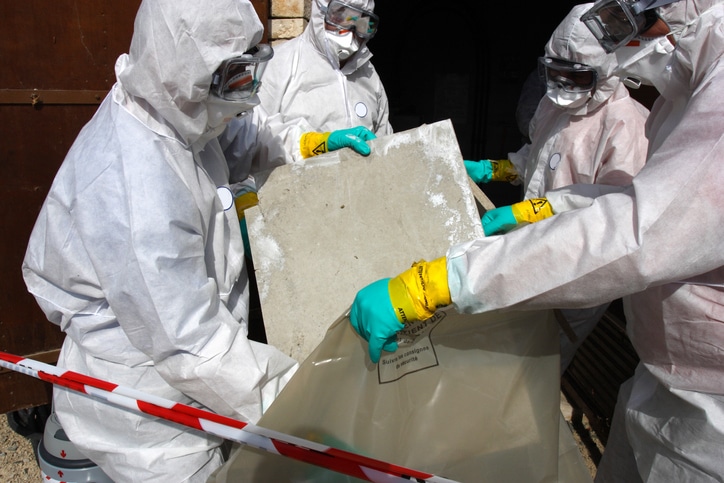
Effects of Hazards
Hazards, whether in the form of mold, asbestos, biohazards, or chemical spills, can wreak havoc on both human health and the environment, often with far-reaching consequences. These hazards not only compromise the physical well-being of individuals but also undermine the structural integrity of buildings and the ecological balance of surrounding areas. When left unchecked, they can escalate, leading to catastrophic outcomes that are difficult to reverse.
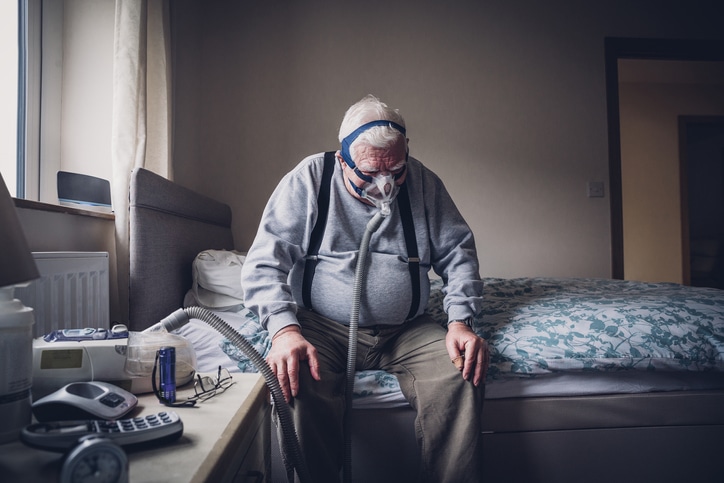
Health Complications
Exposure to hazardous substances can result in a range of health complications, from mild allergic reactions and respiratory issues to severe illnesses and chronic conditions. Mold, for instance, can trigger allergic reactions, asthma, and other respiratory problems, especially in individuals with preexisting conditions. Similarly, asbestos exposure has been linked to serious diseases such as lung cancer, asbestosis, and mesothelioma. Biohazards, including bloodborne pathogens, can spread infectious diseases, posing significant risks to the health of those exposed.

Property Damage
Hazards can cause substantial damage to properties, leading to costly repairs and structural compromises. Mold infestations, if left unaddressed, can corrode building materials, weaken foundations, and cause irreparable damage to walls, ceilings, and flooring. Asbestos, a once commonly used building material, can deteriorate over time, releasing harmful fibers that not only endanger human health but also weaken the structural integrity of buildings. Chemical spills can corrode surfaces, leading to long-term damage and contamination of the surrounding environment.
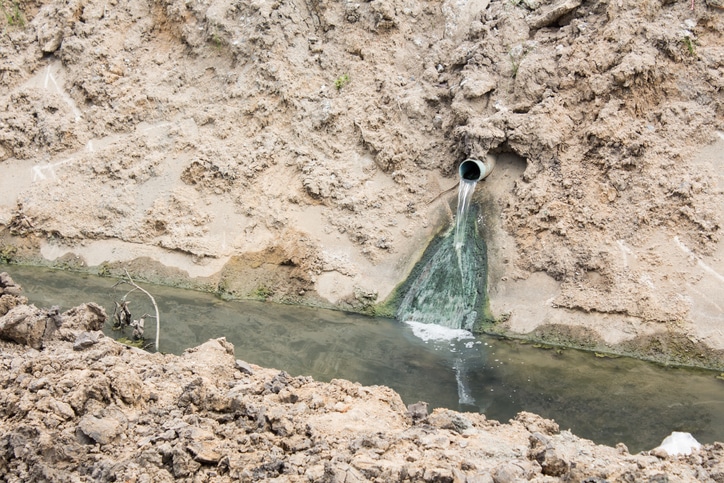
Environmental Degradation
Hazards, particularly chemical spills and environmental pollutants, can significantly degrade the ecological balance of an area. Chemical spills, for instance, can contaminate soil, water bodies, and vegetation, disrupting entire ecosystems and endangering the flora and fauna. Moreover, improper handling of biohazardous materials can lead to the spread of infectious agents, posing a threat to the natural environment and wildlife.
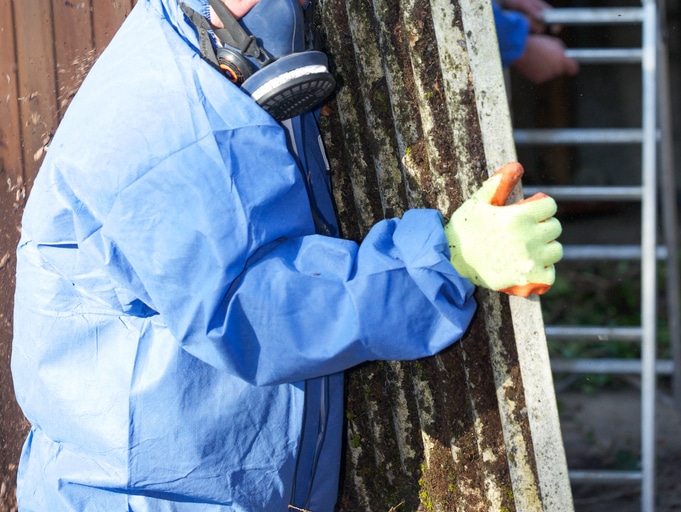
Immediate and Effective Hazard Remediation
Given the serious repercussions of these hazards, swift and efficient remediation is vital. Prompt intervention not only prevents the exacerbation of health risks but also safeguards the structural integrity of properties and prevents further environmental degradation. Timely hazard remediation is imperative to ensure the well-being of communities, preserve the ecological balance, and maintain the safety and integrity of the built environment. Omega Disaster Restoration is committed to providing immediate, effective, and lasting solutions to mitigate these risks and protect the health and safety of communities and the environment.
Different Types of Hazards
Omega Disaster Restoration is equipped to handle a wide array of hazards, including but not limited to:
Mold Remediation
Identifying if asbestos is present and developing a plan to remove the hazardous materials to prevent respiratory illnesses.
Ensuring the safe removal of biohazardous materials, including blood and bodily fluids.
Chemical Spills Cleanup
Why Choose Omega for Hazard Remediation?
Omega Disaster Restoration stands out as a reliable and experienced partner for hazard remediation due to:
